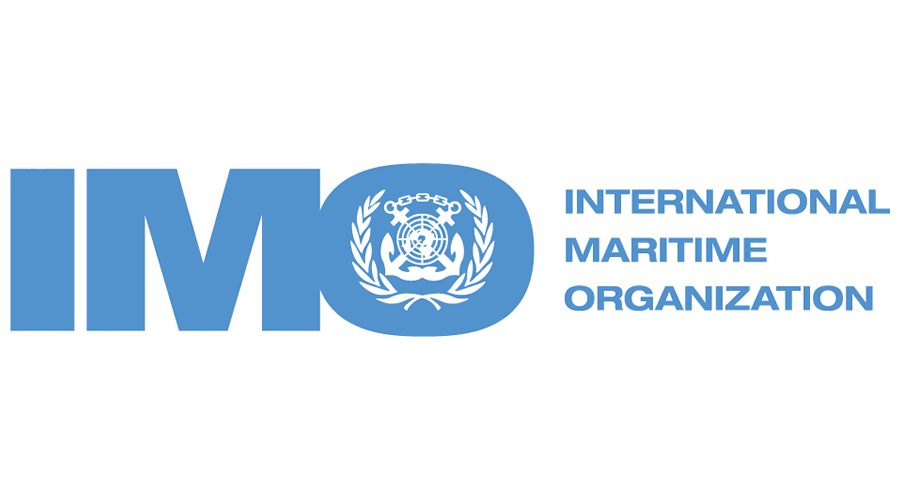
PREPARING FOR THE 2020 LOW SULPHUR LIMIT
The IMO’s Marine Environment Protection Committee (MEPC) set 1st of January 2020 as entry-into-force date of the 0.50% m/m global sulphur in marine fuel cap at its 70th session on 24th – 28th October 2016. In preparation for implementation of the limit, extensive work has been carried out by IMO and recently by its Intersessional Working Group that met during 9th -13th July 2018.
Regulation 14.1.3 of MARPOL Annex VI sets a 0.50% m/m limit of the sulphur content of fuel oil used onboard ships from 1st January 2020, down from 3.50% m/m currently. The limit will remain at 0.10% in the four internationally designated Emission Control Areas (ECAs): the Baltic Sea area; the North Sea area; the North American area (covering designated coastal areas off the United States and Canada); and the United States Caribbean Sea area (around Puerto Rico and the United States Virgin Islands).
At MEPC 71, IMO agreed the scope of work needed to achieve consistent implementation of the 0.50% m/m global limit of the sulphur content of ships’ fuel oil. The Sub-Committee on Pollution Prevention and Response (PPR) has been instructed to explore what actions may be taken to ensure consistent and effective implementation of the 0.50% m/m sulphur limit for fuel oil used by ships operating outside designated SOX ECAs and/or not making use of equivalent means such as exhaust gas cleaning systems; as well as actions that may facilitate the implementation of effective policies by IMO Member States.
To ensure this vital work is completed by 2020, the MEPC approved the holding of an intersessional working group meeting, which was held during 9-13 July 2018.
Draft guidance developed
Draft Guidance on the development of a ship implementation plan for the consistent implementation of the 0.50% sulphur limit under MARPOL Annex VI was finalized at the IMO’s intersessional meeting and is being forwarded directly to the MEPC 73 (22-26 October 2018) so it can be approved and issued as soon as possible. The guidance includes sections on:
- Risk assessment and mitigation plan (impact of new fuels)
- Fuel oil system modifications and tank cleaning (if needed)
- Fuel oil capacity and segregation capability
- Procurement of compliant fuel
- Fuel oil changeover plan (conventional residual fuel oils to 0.50% sulphur compliant fuel oil)
- Documentation and reporting
